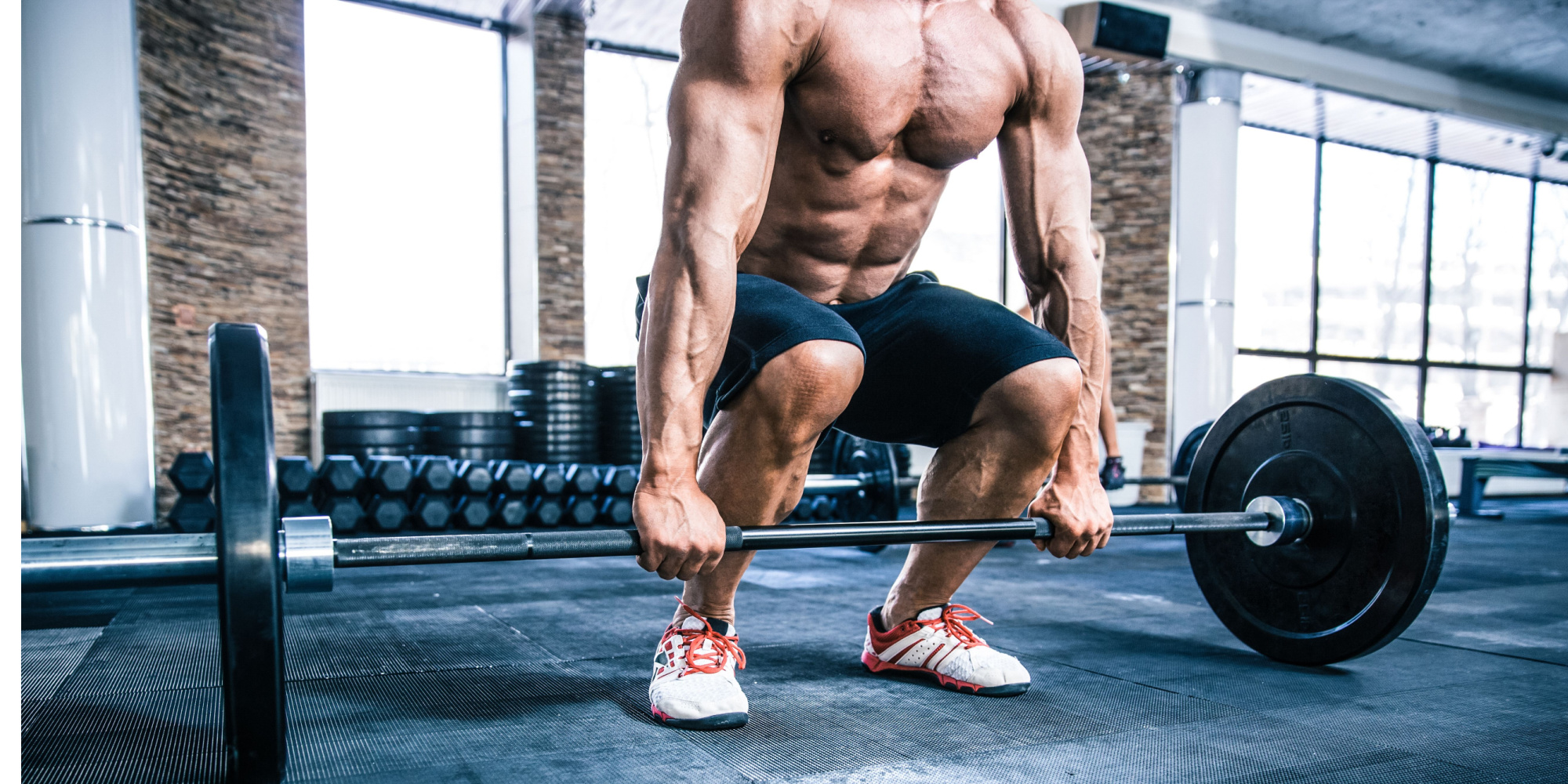Strength Training vs. Cardio for Fat Loss
Nov 21, 2023 mindpumpThis is the ultimate question. If we want to lose fat, what is better for us: cardio or strength training?
With the rise of social media and “influencers” bulldozing the fitness space with ridiculous claims and ineffective workout advice, it’s difficult to navigate what information to believe. We also need to consider that not every body is built the same. Some people are naturally gifted when it comes to endurance activities, while those with more of a mesomorph body type can put on muscle pretty easily, and they don’t have to worry too much about gaining fat.
But in general, when it comes to fat loss, the more muscle, the better. And the only way to get more muscle is to–you guessed it–strength train.
I’ll be honest when I say that cardio is pretty horrible when it comes to losing fat. From a physiological standpoint, the body works in a completely different way than when it is going through a resistance training program.
Here’s why.
When we do cardio, a majority of us tend to stay in a moderate, Zone 2 category, where the heart rate doesn’t exceed 60 to 70% of max heart rate. There are positive health benefits to training in this zone, but not when it comes to fat loss. The machines on cardio equipment will indicate that you are hovering around a “fat-burning zone”, but this is actually inaccurate. A low to moderately intense cardio workout uses a greater percentage of fat for fuel than it would for high intensity cardio workouts, where less fat and more carbs are used to power you through the movements.
For example, a sprinter is using a greater percentage of carbs than a long-distance runner, who needs to tap into stored energy from fat and muscle. Using fat for energy sounds like something we desire, but it’s not quite that simple. Using stored fat doesn’t necessarily mean we are burning fat. Losing weight from steady-state cardio likely means you are also reducing the amount of lean muscle tissue you have, doing nothing to better the ratio between fat and muscle. You’d be surprised by how many runners have a high body fat percentage.
The end game with losing weight is a reduction in body mass, while also increasing the percentage of lean muscle mass. Developing lean muscle tissue can only be accomplished from lifting weights–we want muscle hypertrophy (muscle gain) to occur, not muscle atrophy (losing muscle), which commonly occurs when we do lots of cardio. The greater you enhance muscle hypertrophy, the more fat loss will occur.
Some people will argue that muscle hypertrophy can occur by doing plyometrics or sprints, which activates the same response you get from lifting weights. There is some merit to this, but I wouldn’t count on that being your only source of exercise; these modalities can place a lot of stress on your joints, and the execution of these movements needs to be precise to reduce the risk of injury. The average gym-goer shouldn’t immediately start doing box jumps or single-leg hops–they need to work their way up to that.
The safest, most effective way to lose fat is to lift weights. You can start at any age, and at any fitness level. In fact, Mind Pump has a ton of programs to help get you started, including MAPS Starter and MAPS Anabolic.







